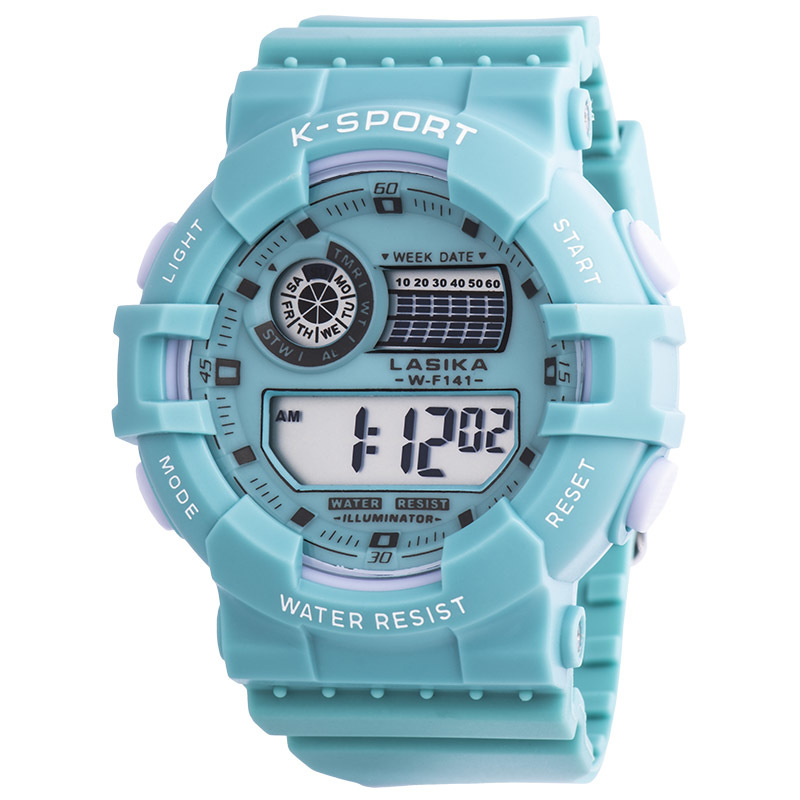How to use LASIKA WATERPROOF WATCH correctly
Release time:
2021-09-17
The waterproofing of LASIKA WATERPROOF WATCH depends on the waterproof rubber ring on the watch lens, back cover, and the handle to reach the corresponding standard.
The waterproofing of LASIKA WATERPROOF WATCH depends on the waterproof rubber ring on the watch lens, back cover, and the handle to reach the corresponding standard. All waterproof watches are marked with the English words "WATER RESISTANT" or "WATERPROOF" on the bottom cover. Watches without water-resistance mark are only dust-proof and should be kept away from water. Thirty meters (3ATM, that is, three atmospheres) waterproof watch, can be used for daily grooming or use in the rain, that is, water droplets only splash on the surface without any water pressure on the watch.

When purchasing LASIKA WATERPROOF WATCH, pay attention to the text description about the scope of application, keep calm in the face of the propaganda of values and pictures, and buy as needed; wear a waterproof watch, wear it within the range and conditions indicated in the manual; in bathing and washing Do not wear waterproof watches in sea baths, hot springs, exposure to high temperature steam, sudden and large changes in temperature, etc.; LASIKA WATERPROOF WATCH must be in the correct time to the manufacturer's designated or formal, with the required technical capabilities and equipment level At the maintenance point, clean the watch, perform a waterproof test, and replace the waterproof parts according to the time indicated in the manual; regular cleaning and maintenance of expensive watches is more important.
At present, any type of LASIKA WATERPROOF WATCH, no matter how many meters is marked, can not be used in hot water (40C°). There are two reasons: 1. The permeability of water molecules is greatly enhanced when the temperature rises, and all waterproof watches are designed based on cold water. 2. According to thermal expansion and contraction, some components of LASIKA WATERPROOF WATCH will expand in different degrees under hot water conditions, which may increase the possible gap.
Related News













